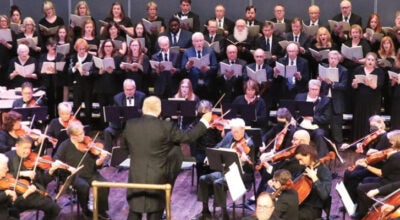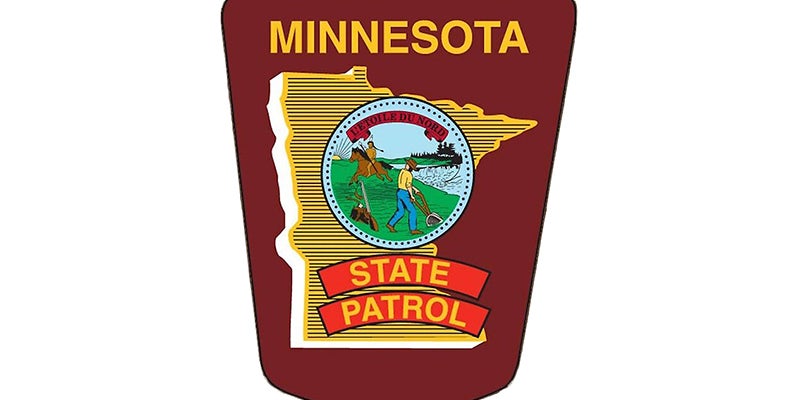Higher ed has much to lose, gain in 2013 legislative session
Published 11:33 am Friday, December 28, 2012
By Kent Hanson, Interim President at Riverland Community College
The 2013 legislative session will be important for higher education, including Riverland Community College and the other 30 institutions in the Minnesota State Colleges and Universities (MnSCU) system.
This legislative session comes when our region faces a vexing challenge: Many employers in industries such as manufacturing, truck driving and health care, are in dire need for workers with both strong technical and foundational skills. The painful reality is job openings exist, but many of the 174,000 unemployed Minnesotans lack the education needed for the new economy. We also see projections that show 70 percent of the jobs in Minnesota will require a post-secondary credential by 2018. If left unaddressed, this “skills gap” will take a tremendous toll on individuals, families, employers and the state’s economy.
Unfortunately, we face significant obstacles in meeting this challenge. Over the past 12 years, we have seen steady and deep cuts in the state’s investment in higher education. The cuts in Minnesota (48 percent) have been twice as deep as the national average (23 percent). At Riverland, we have suffered a $3.3 million decline in state funding over the last five years alone.
These cuts have put significant pressure on other funding sources. For students and their families, of course, the most visible is tuition. And while there have been increases over the last several years, we have worked hard to keep tuition and fees at Riverland at a fraction of the price of the private, for-profit education providers. In fact, a key part of the MnSCU budget proposal includes a modest tuition increase of $145 a year for a full time student at our college.
The proposal also includes other features to protect affordability and access. These include a commitment to raise $20 million in private funds for scholarships to assist 16,000 students across the system and a proposal to expand financial aid availability through the state grant program for an additional 8,200 students. In 2012, Riverland Foundation sponsored 90 scholarships and is currently campaigning to increase to 150 scholarships by 2015.
Another key feature central to advancing the prosperity of the state is aligning academic programs with employers’ needs to ensure we educate the right number of graduates in the right professions with the right skills. For example, Riverland will focus on increasing enrollment in welding, health care, truck driving, alternative energy programming and education.
Access to state-of-the-art equipment is also vital to the success of our programs, and the budget proposal calls for matching state and private funds for equipment, technology and research. Riverland will work with advisory committees to acquire equipment for high-demand programs including transportation, manufacturing, alternative energy and health care. Additional matching funds are proposed for internships and apprenticeships that provide students with hands-on learning experiences. Riverland plans to double the number of internship opportunities currently offered. These are tremendous opportunities that advance the competitiveness of our graduates in the workplace.
And finally, the budget request focuses on accelerating completion and increasing student success. Riverland is currently working with six area school districts to offer concurrent programming. We will expand PSEO and concurrent enrollment to include workforce education alternatives and enhance offerings to allow for degree completion upon high school graduation. These strategies reduce the time it takes students to graduate, saving them money and keeping student debt down, while equipping them with necessary job skills.
We ask for your support of the Minnesota State Colleges and Universities request.




